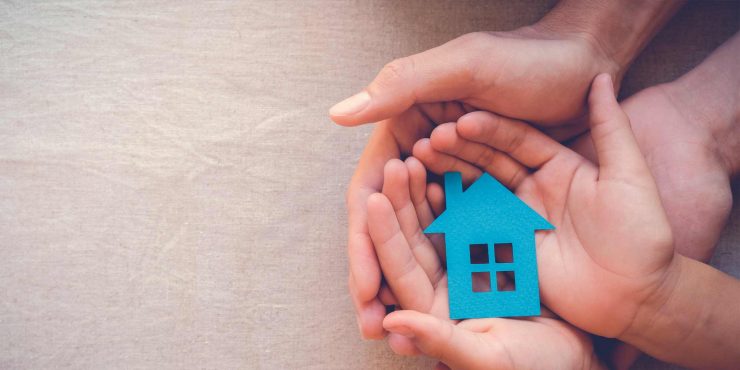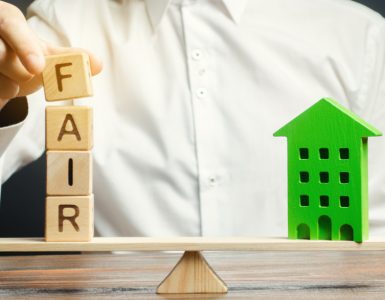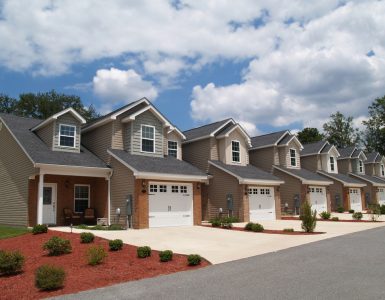If you need help right away, this relief program will direct deposit a short term loan into your bank account. Review the terms of this funding closely before accepting these funds.
You’ve heard some of the talk about home prices and the economy. Fact of the matter is that Governments want to see home sales rise. Along with home sales comes citizens with equity and wealth.
To provide assistance, and protect the countries interest, the United States government supports several civic programs through agencies like the Department of Housing and Urban Development (HUD) and the Federal Housing Authority (FHA) to help spur widespread homeownership.
Housing is such a fundamental precursor to building individual and national wealth that there are even several assistance programs to cover apartments for low income renters.
Below, are resources supported by both private and taxpayer dollars that all go towards supporting your American dream of owning a home. Especially for those facing financial hardship, this resource is intended for you.
Home Possible Mortgage Assistance Program
For first time home buyers, the Home Possible mortgage offered by Freddie Mac is one of the best solutions to purchase a home. Designed to benefit very low and low income families, this loan doesn’t require the borrower to have a credit score. It also offers comfortable interest rates, flexible refinancing options, and a down payment of only 3%.
This means that a family looking to buy a house valued at $50,000 will only have to put down $1,500 as down payment before being approved to borrow the balance of the purchase price.. Freddie Mac often gives their borrowers up to 20 years to pay the money back, with options to refinance the mortgage if more beneficial terms become available.
Energy Efficient Mortgage (EEM)
The Energy Efficient Mortgage (EEM) provides special benefits to borrowers who plan to buy a house that is energy efficient, or that can be made energy efficient by performing improvements that will reduce energy consumption. This relatively new mortgage is a powerful tool that households have at their disposal when purchasing a more comfortable home with lower energy bills. To qualify for this unique mortgage loan, the borrower must obtain a home energy assessment to certify that the home they plan to buy meets the required criteria.
HOME Investment Partnership Program (HOME)
The HOME Investment Partnership Program (HOME) is a federal assistance program administered by the U.S. Department of Housing and Urban Development (HUD) with the purpose of providing affordable housing to low and very low income families across the country. It is one of the largest federal block grants given to states, covering an extensive list of programs and services that help families going through financial hardship.
![]()
Stop! If you need financial assistance such as money to pay bills, a personal loan, or debt relief. See what resources are available to help you today.
One key program is the home purchase or rehabilitation financing assistance. HOME can make a contribution towards a down payment to help buyers qualify for a mortgage. Although not officially a grant, money awarded through this program doesn’t have to be paid back. Instead, the family has to handle the monthly payments of the loan.
Eligibility to this program is determined by the Federal Poverty Guidelines (FPG). Families must fall within the federal poverty level to be considered financially needy and qualify for this benefit. As of 2018, the poverty level is set around $12,000 a year in most states.
203(k) Mortgage & HomeStyle Renovation
The 203(k) Mortgage Rehab Insurance is a special type of loan sponsored by the Federal Housing Administration (FHA) that assist people and families when buying a home that is not habitable and which needs to be repaired before it becomes so. This loan is useful for parties that are interested in purchasing a home that needs improvements but don’t have the money to cover both the required down payment and the renovation.
A similar option would be Fannie Mae’s HomeStyle Renovation mortgage. Like the 203(k) mortgage, families can finance the purchase and renovation of a home with this loan. However, it also includes the option to refinance the mortgage for up to 75% of the value of the home after repairs are made so that the family can perform the improvements they want.
203(k) and HomeStyle loans have strict requirements and guidelines that families must meet to become eligible. They require a contractor’s bid to be made to estimate the repair costs, as well as a down payment that oscillates between 3.5% and 5%. Also, unlike traditional mortgages, families are required to complete the renovations to access the part of the funds that were destined to pay the contractors.
Both loans are beneficial for low income families. They provide a way for families to improve their homes without having to face the high interest rates of a home equity line of credit or a second mortgage.
Rental Assistance
An increasing number of low income families across the country are unable to buy a house, preferring to rent instead. The federal government operates a variety of assistance programs designed to make it easier for households to address their monthly rent payments without it becoming an economic burden. These housing programs are managed by the Department of Housing and Urban Development (HUD) and they provide financial assistance to families who need it most and are eligible to receive the benefits.
According to their needs, low-income families can apply for programs such as Section B’s Housing Choice Voucher (HCV), which gives them a housing voucher that can be used to rent the house or apartment they desire, or the Project Based Section 8 Rental Assistance, which offers subsidies to landlords so that they can lower the monthly payments of tenants.










